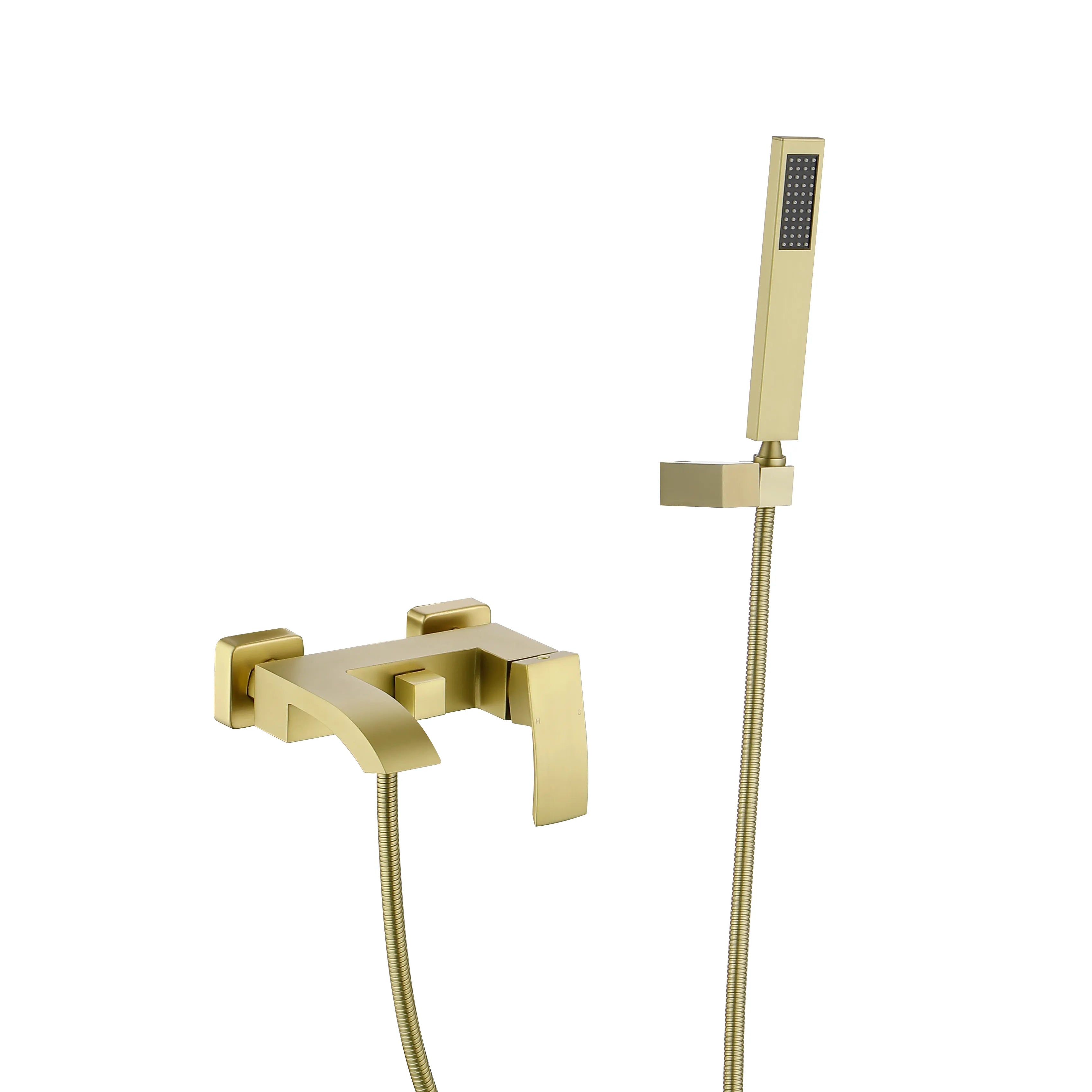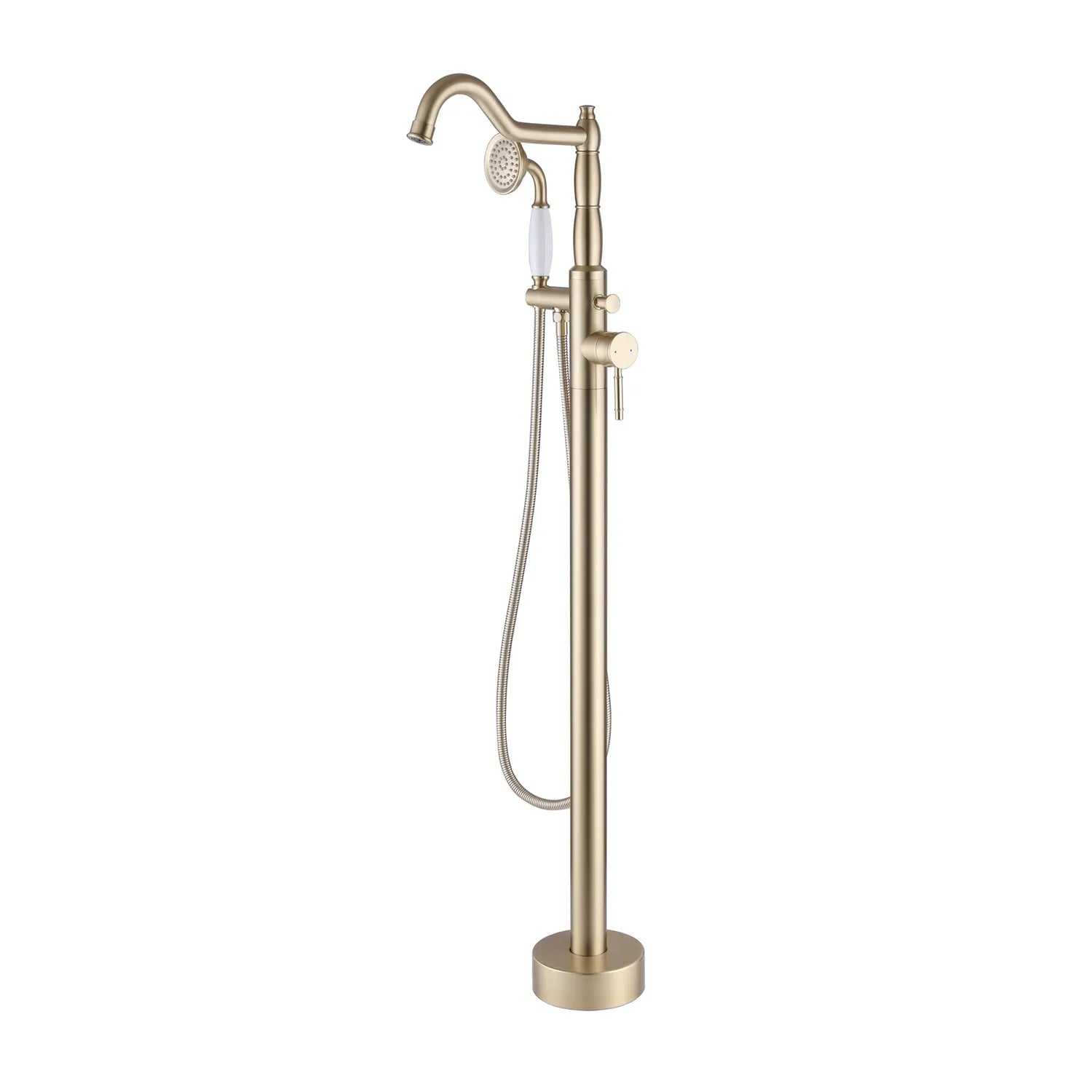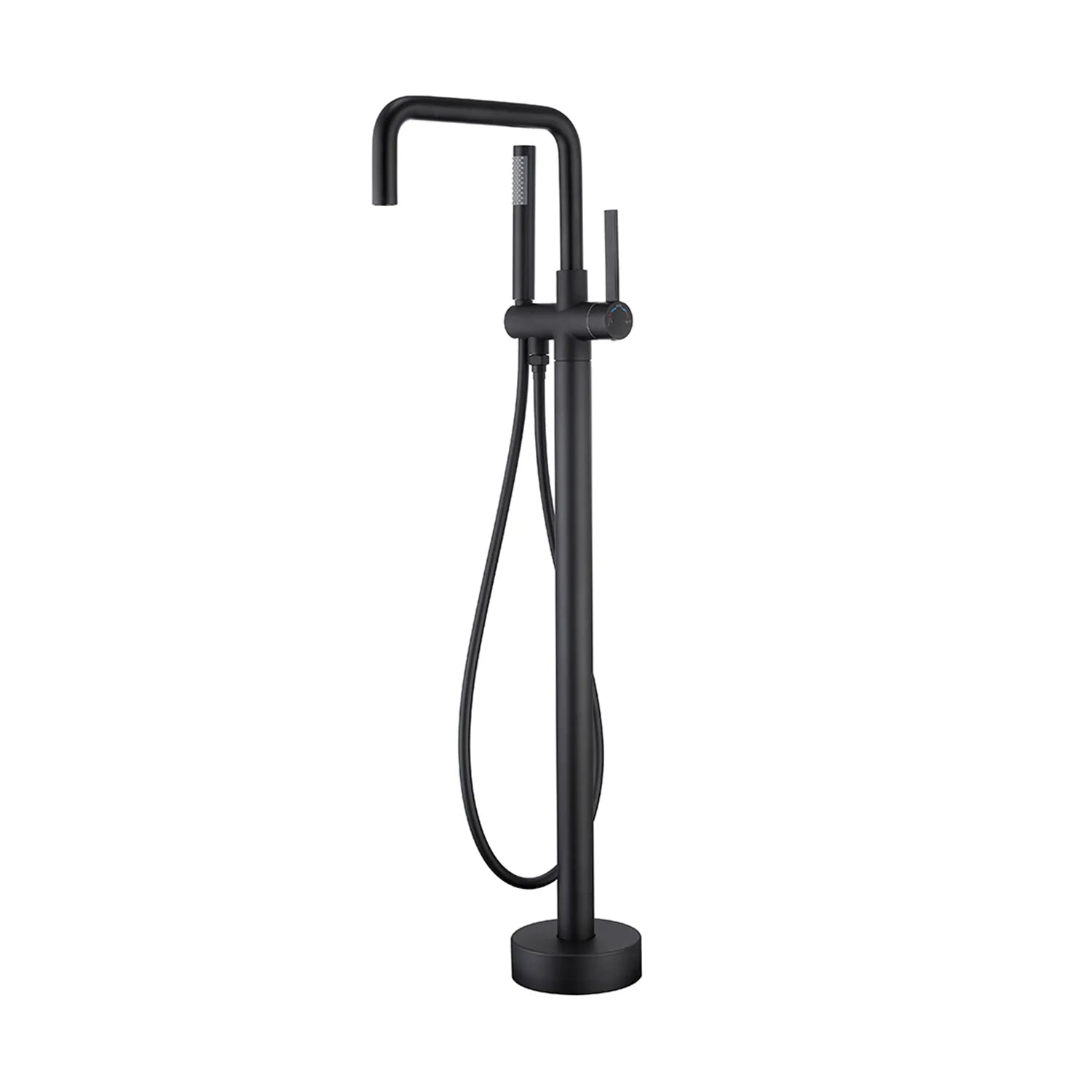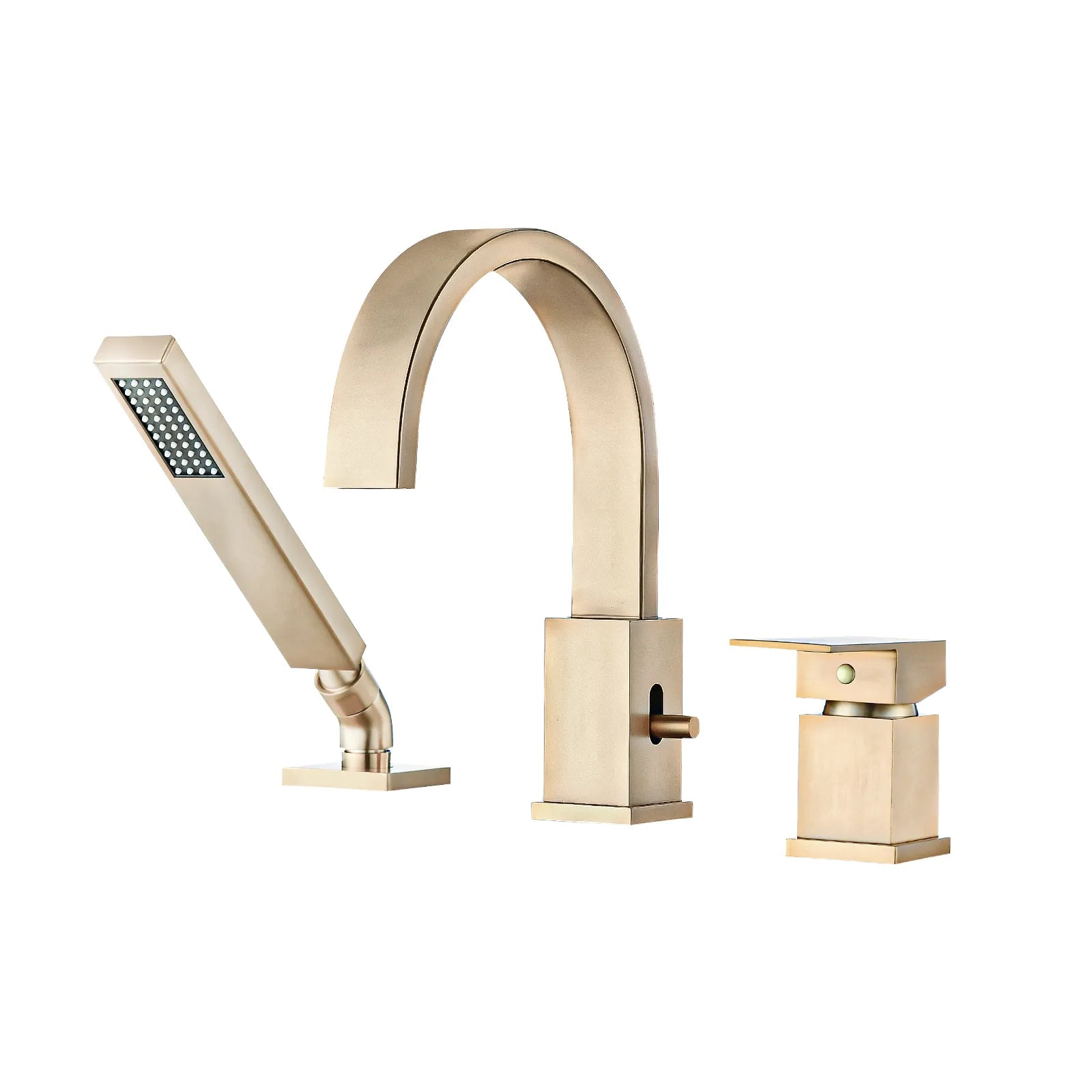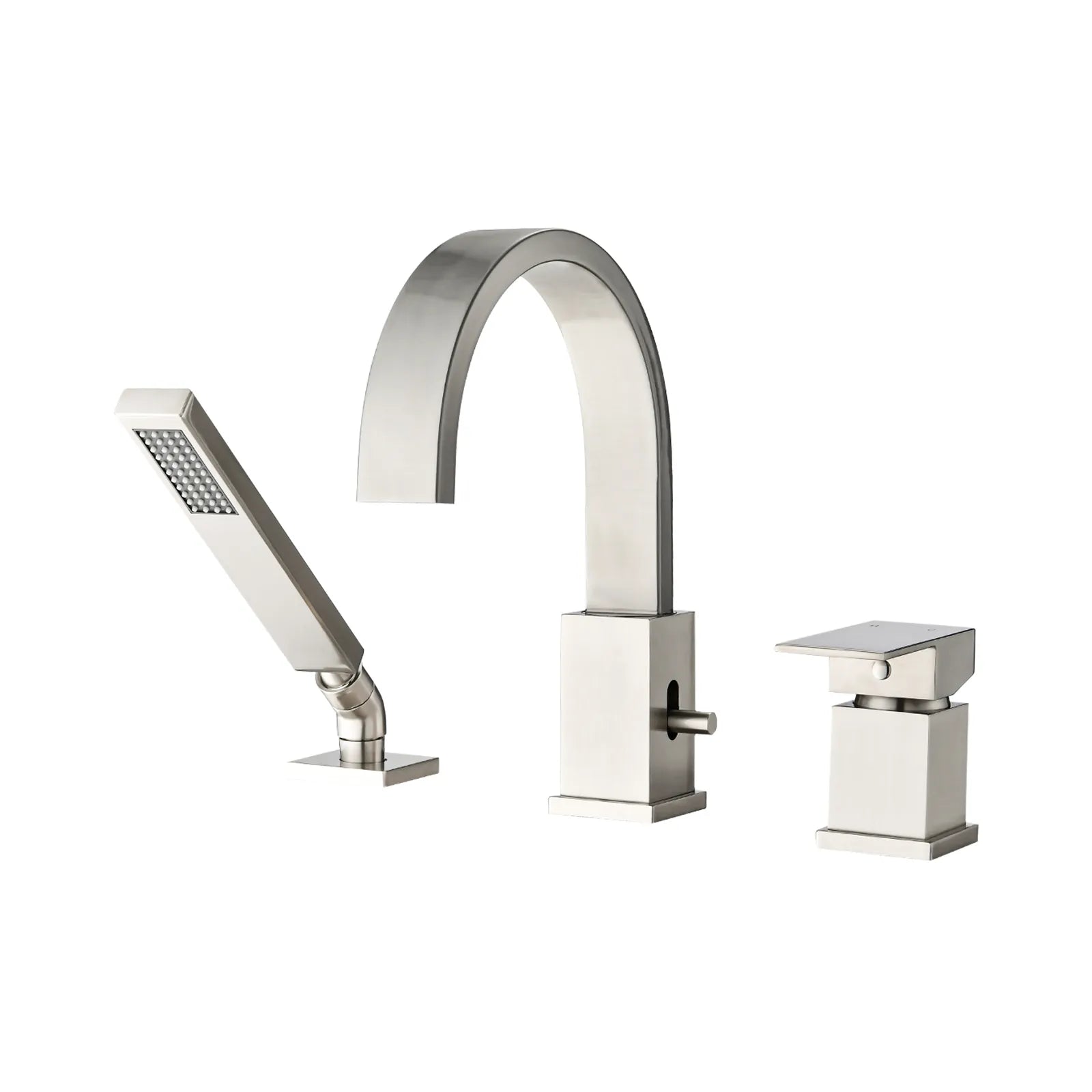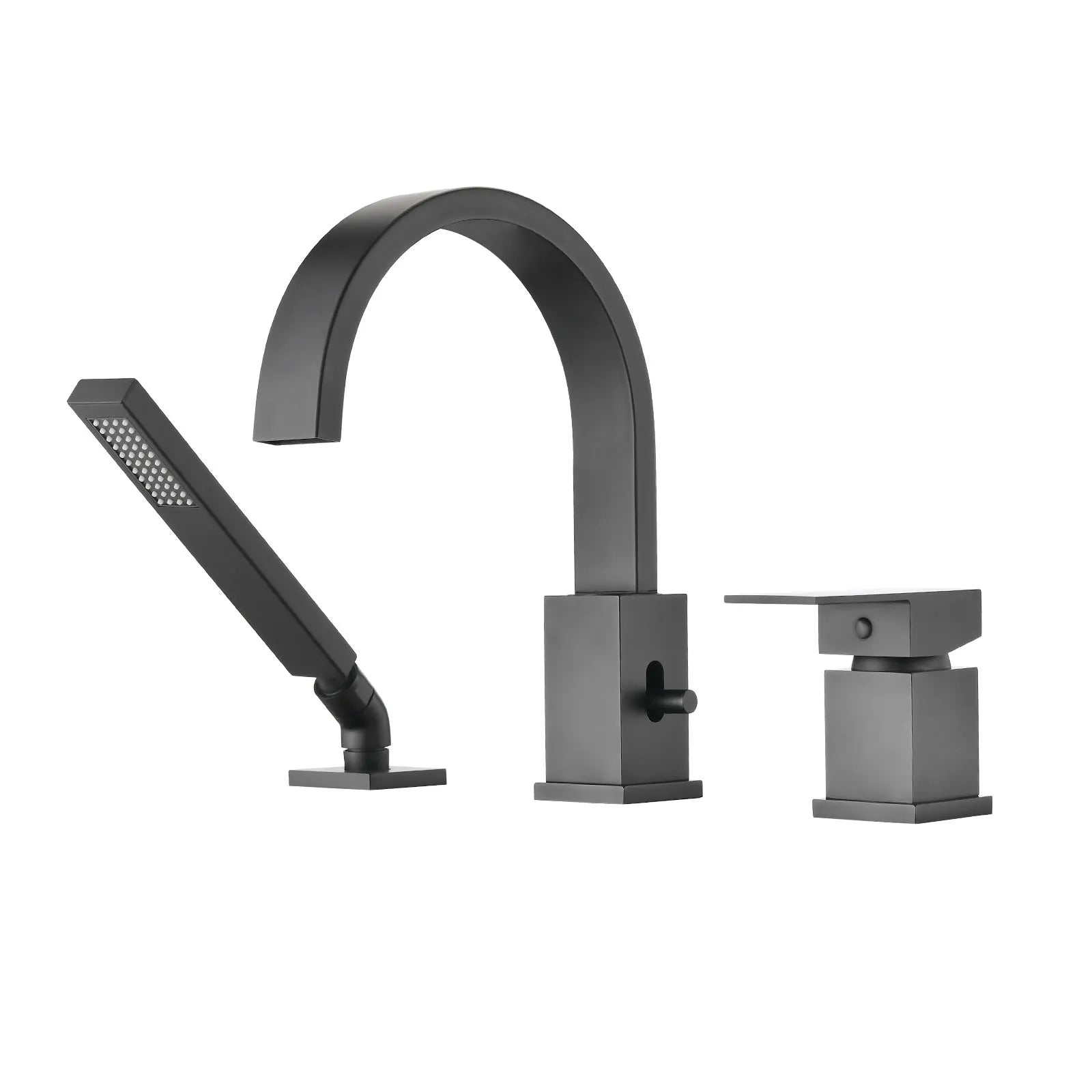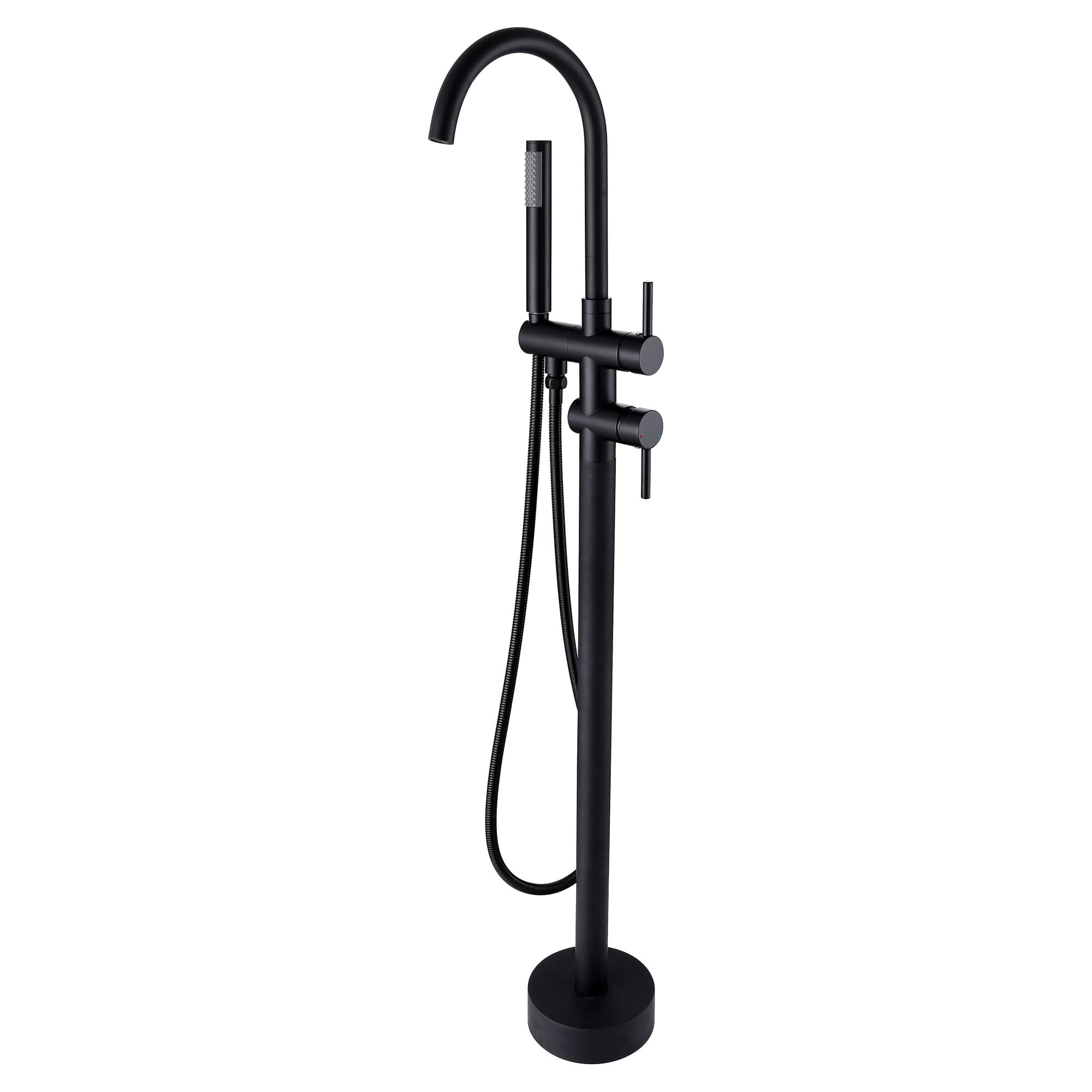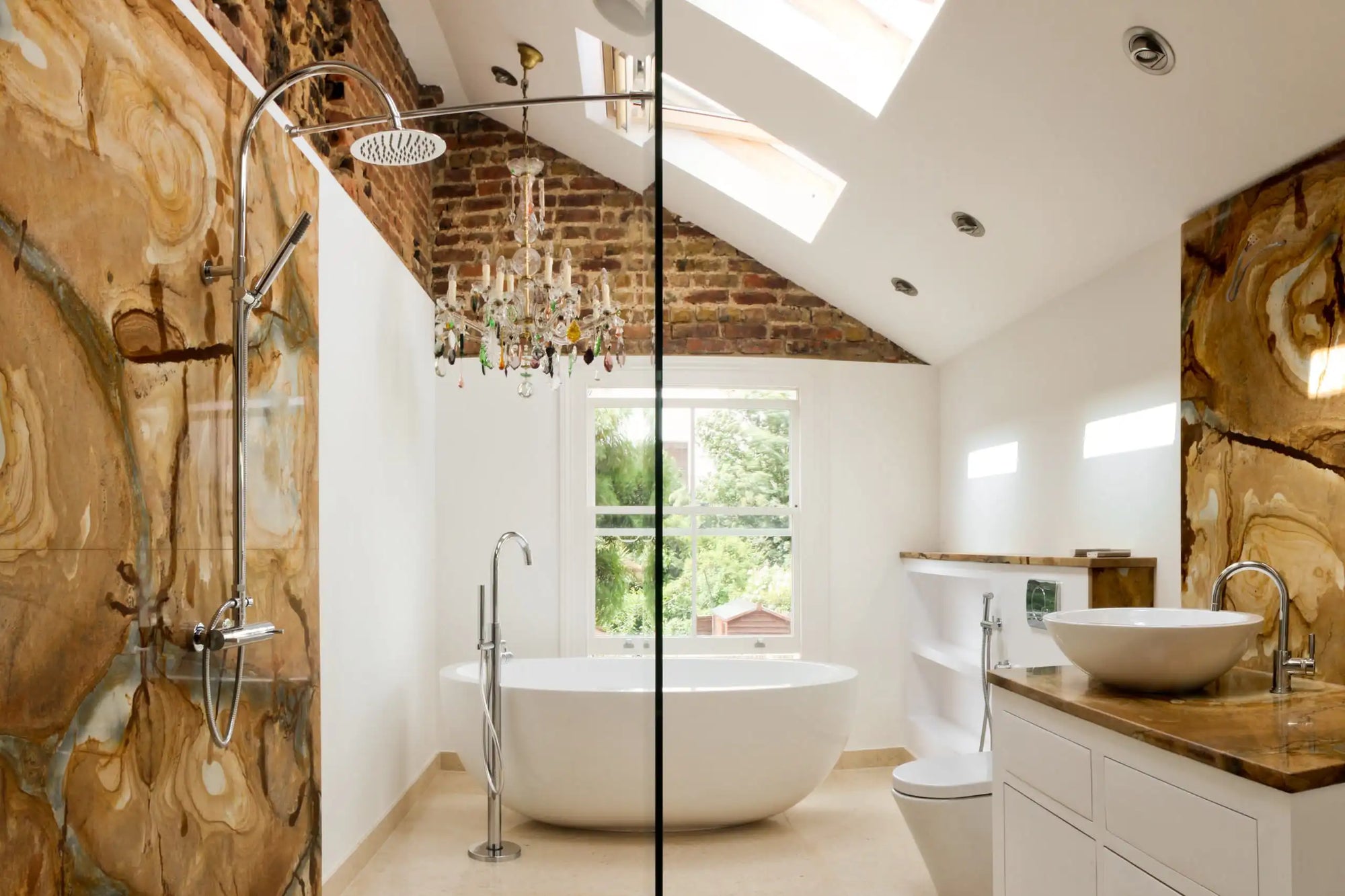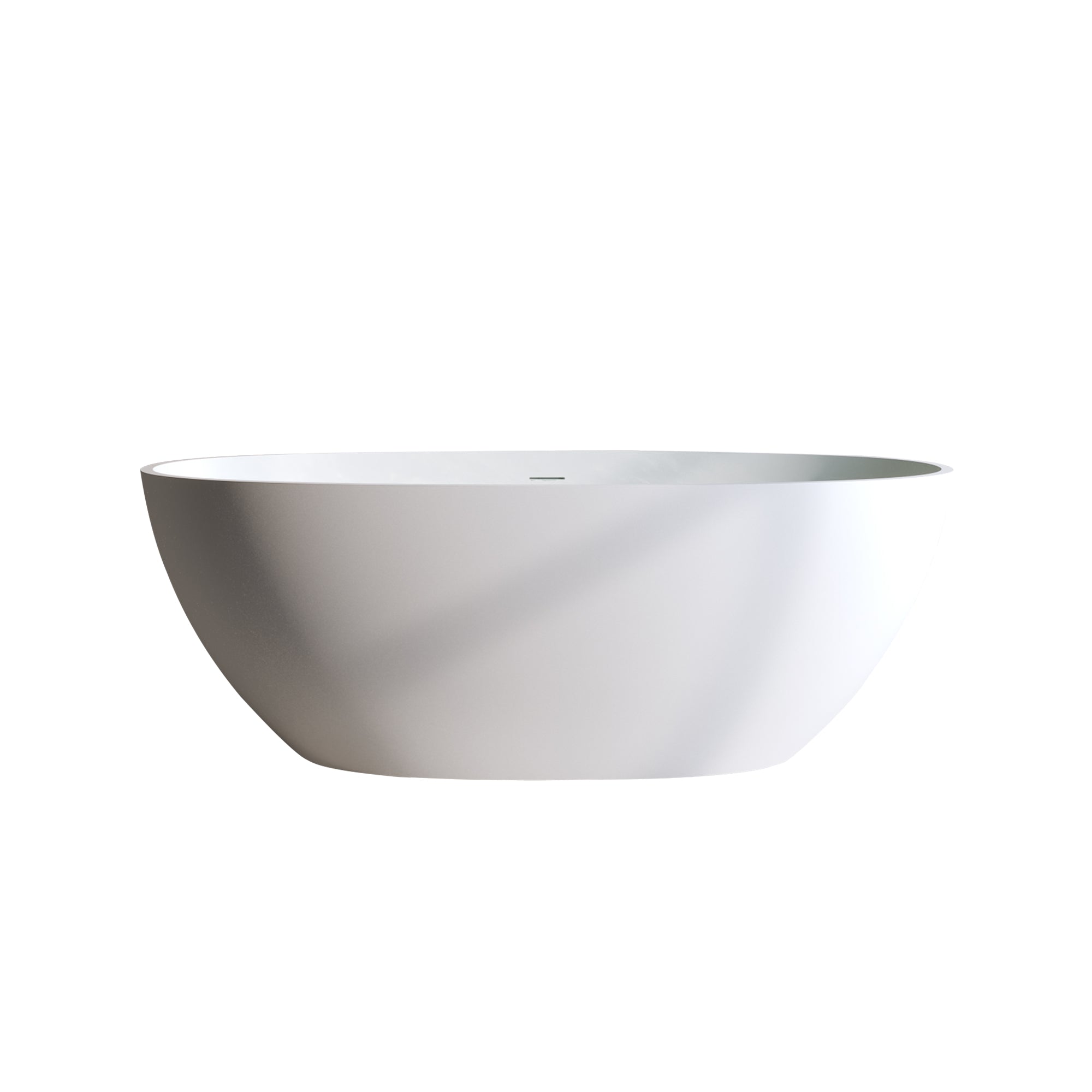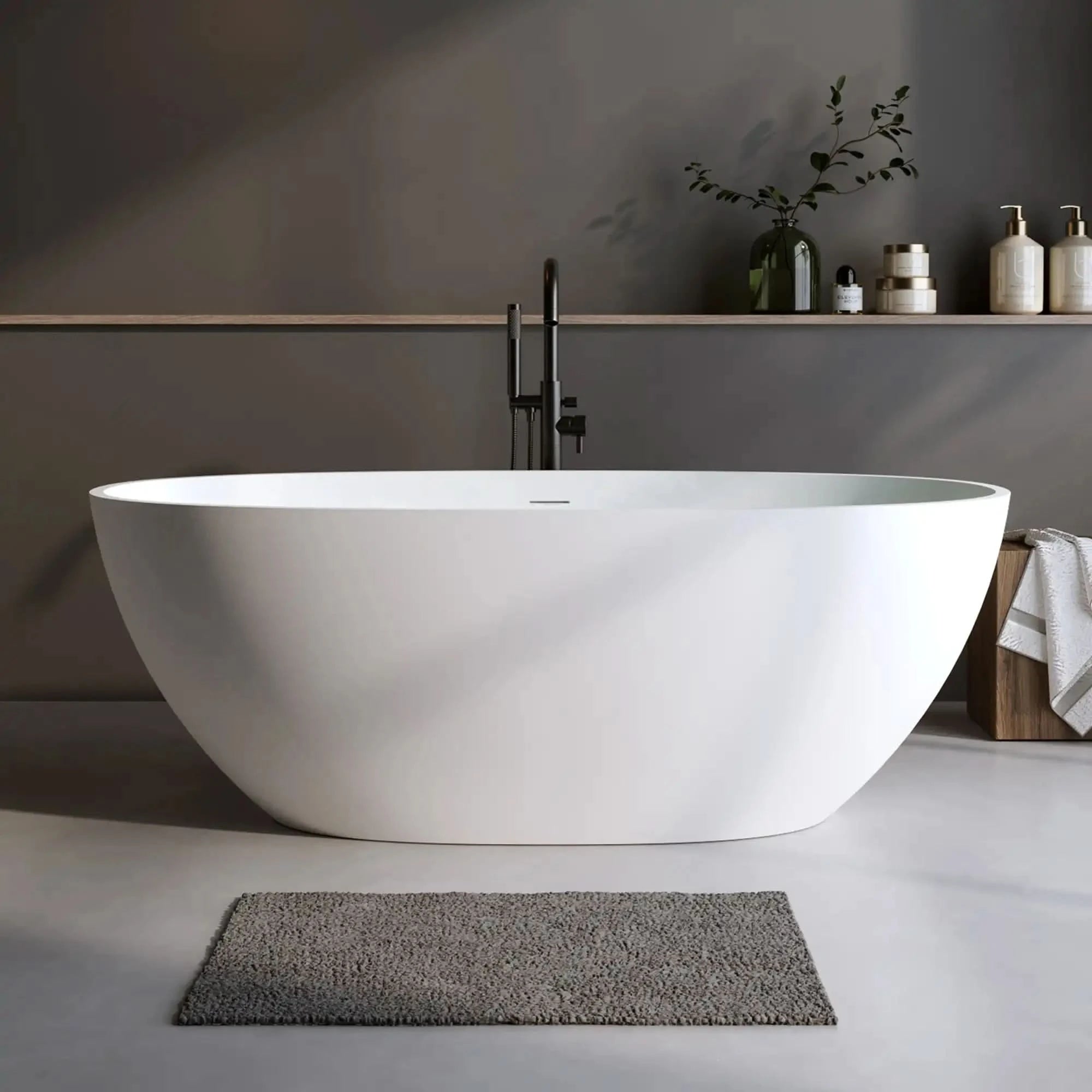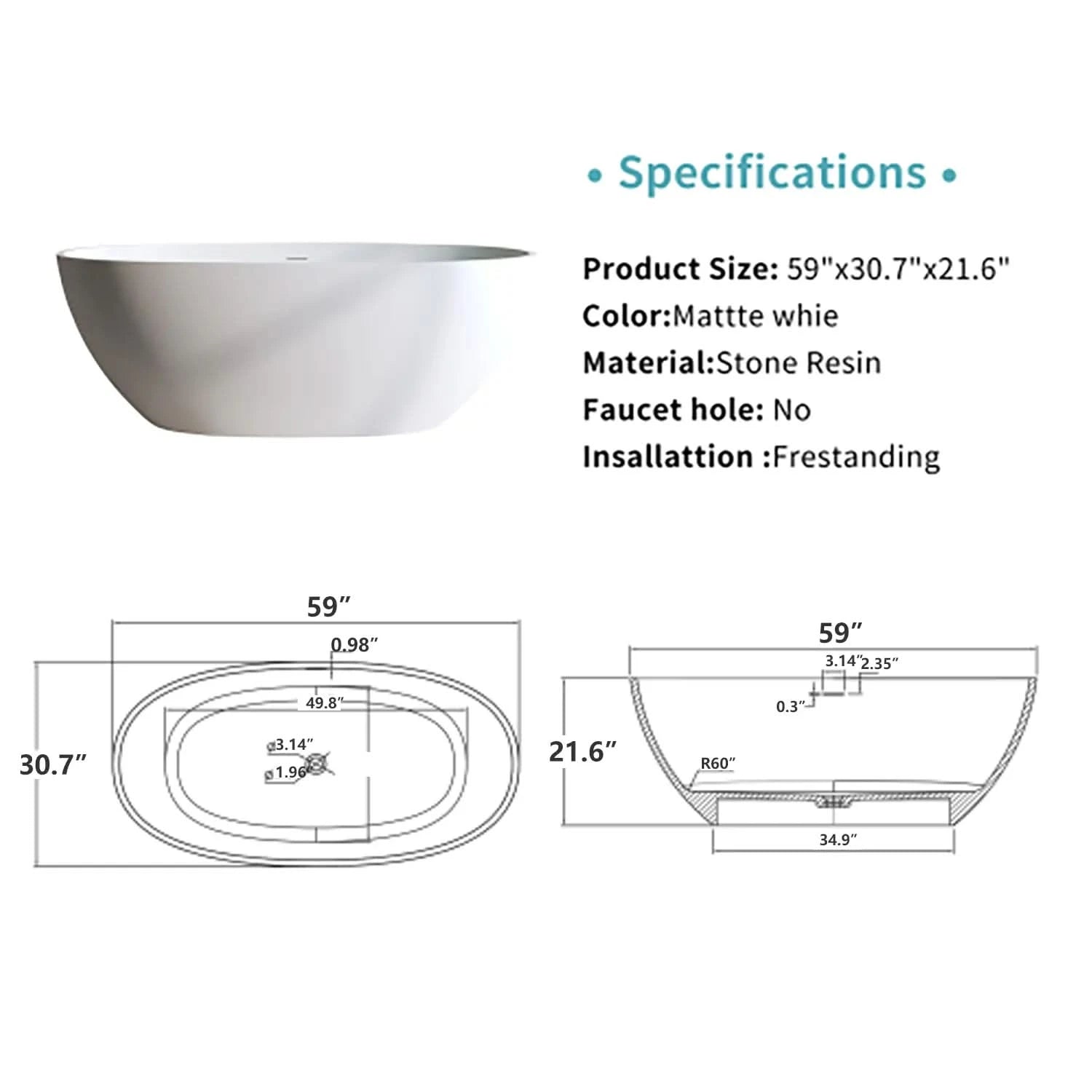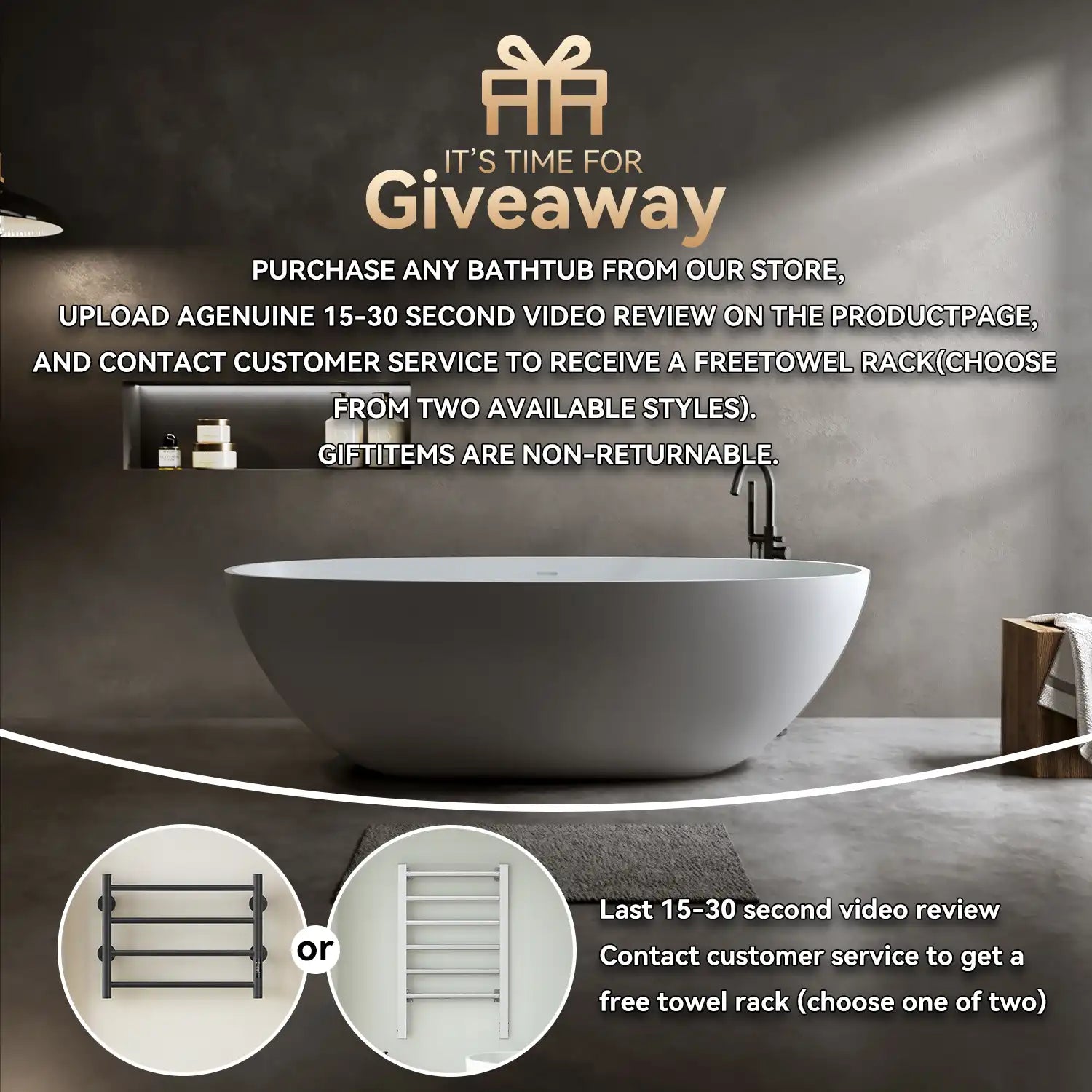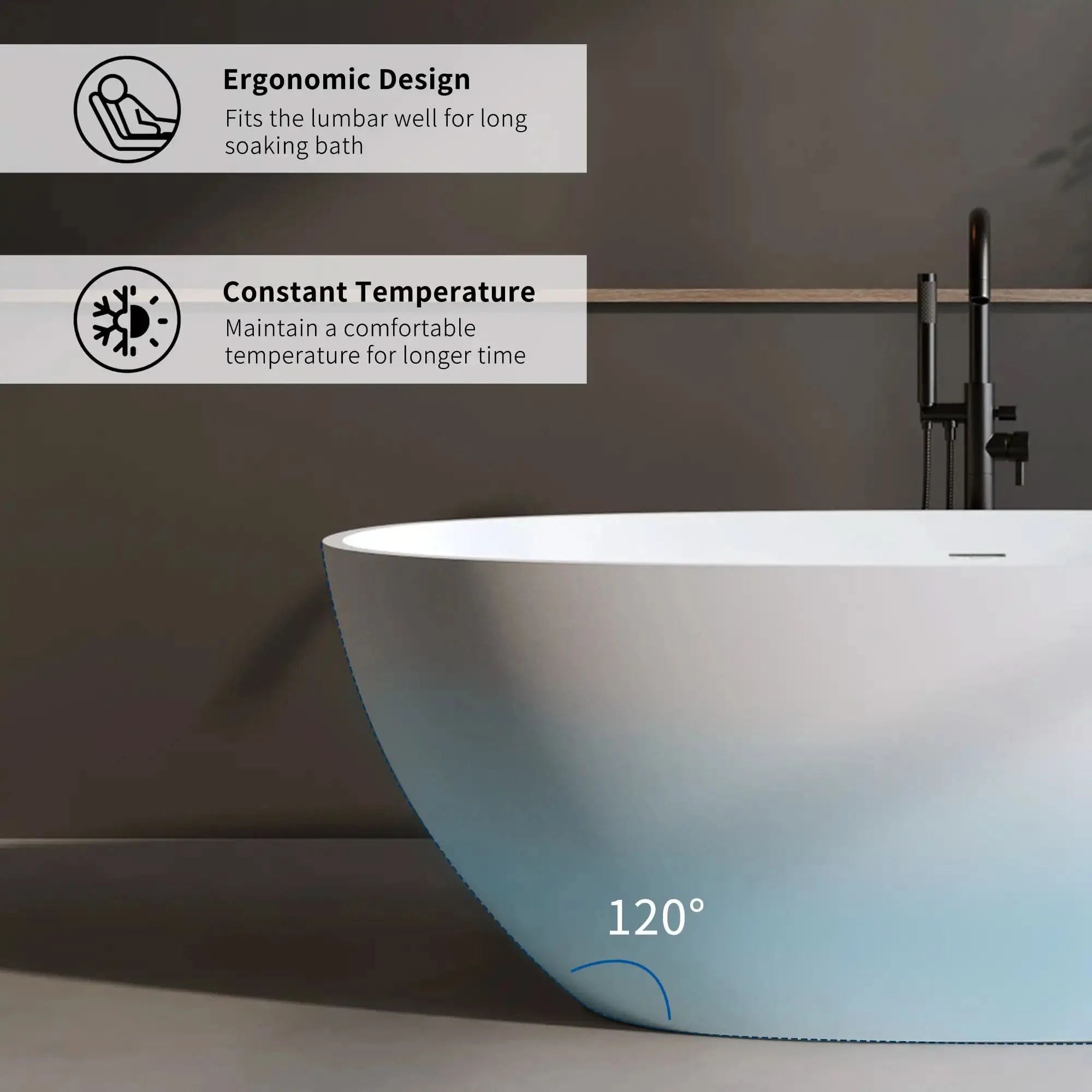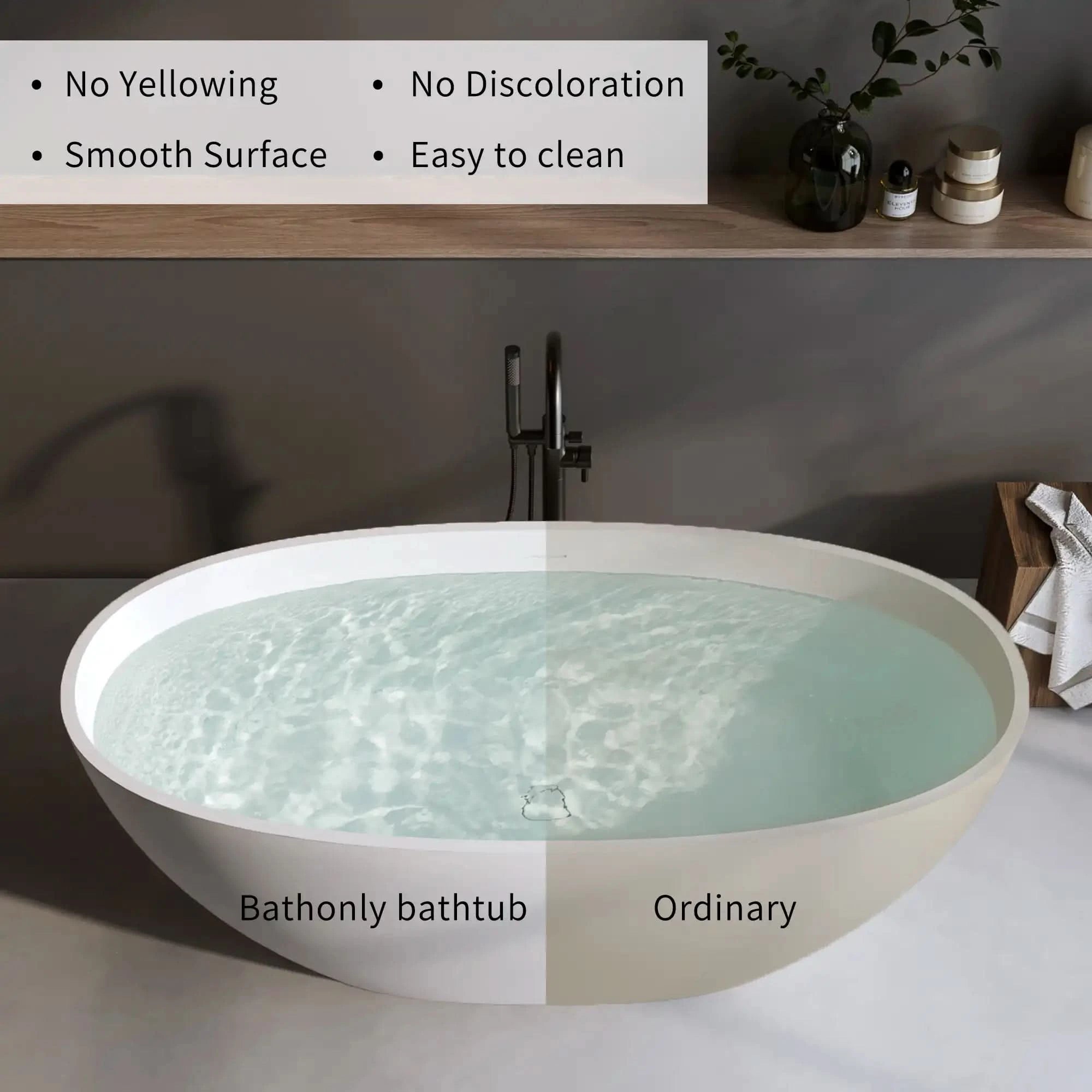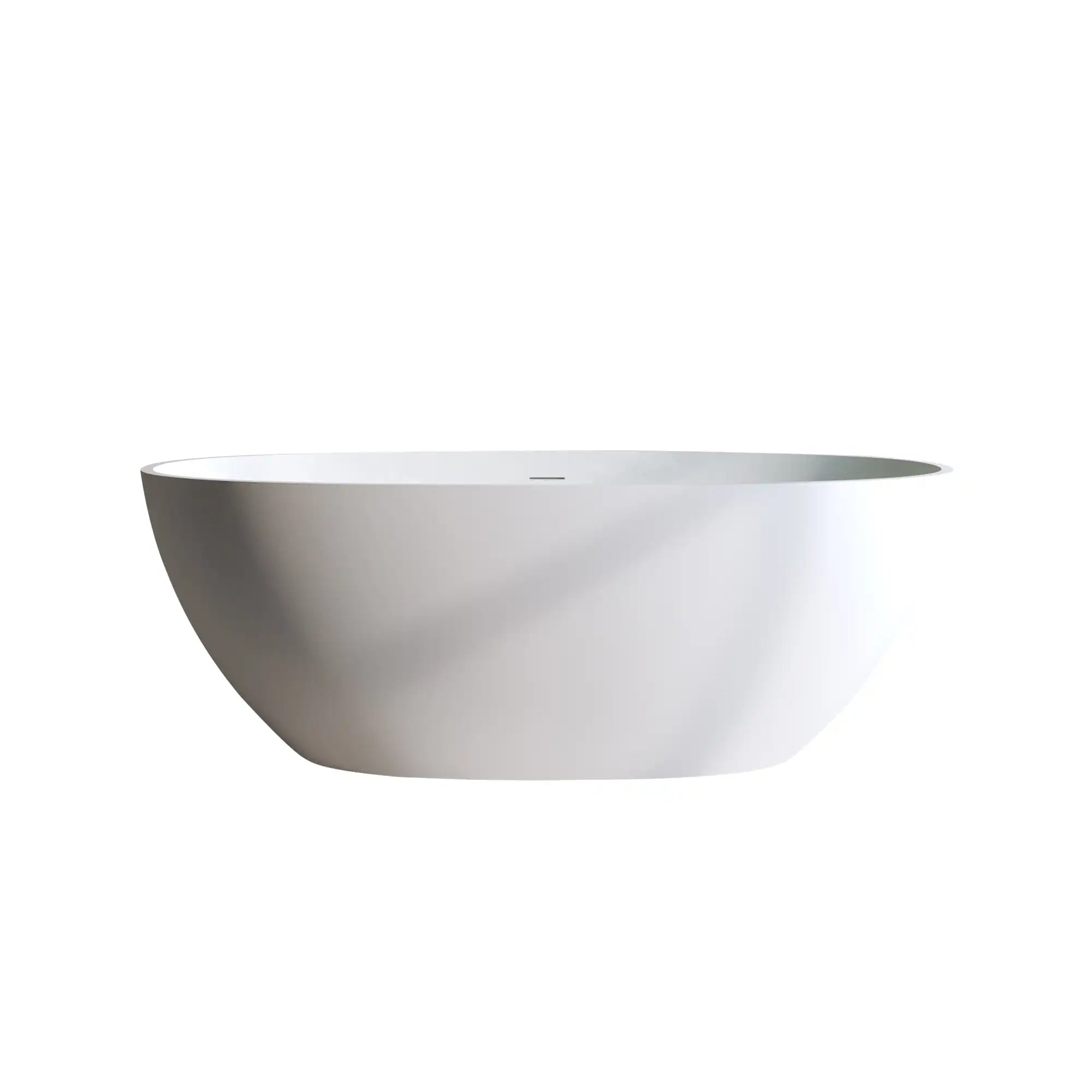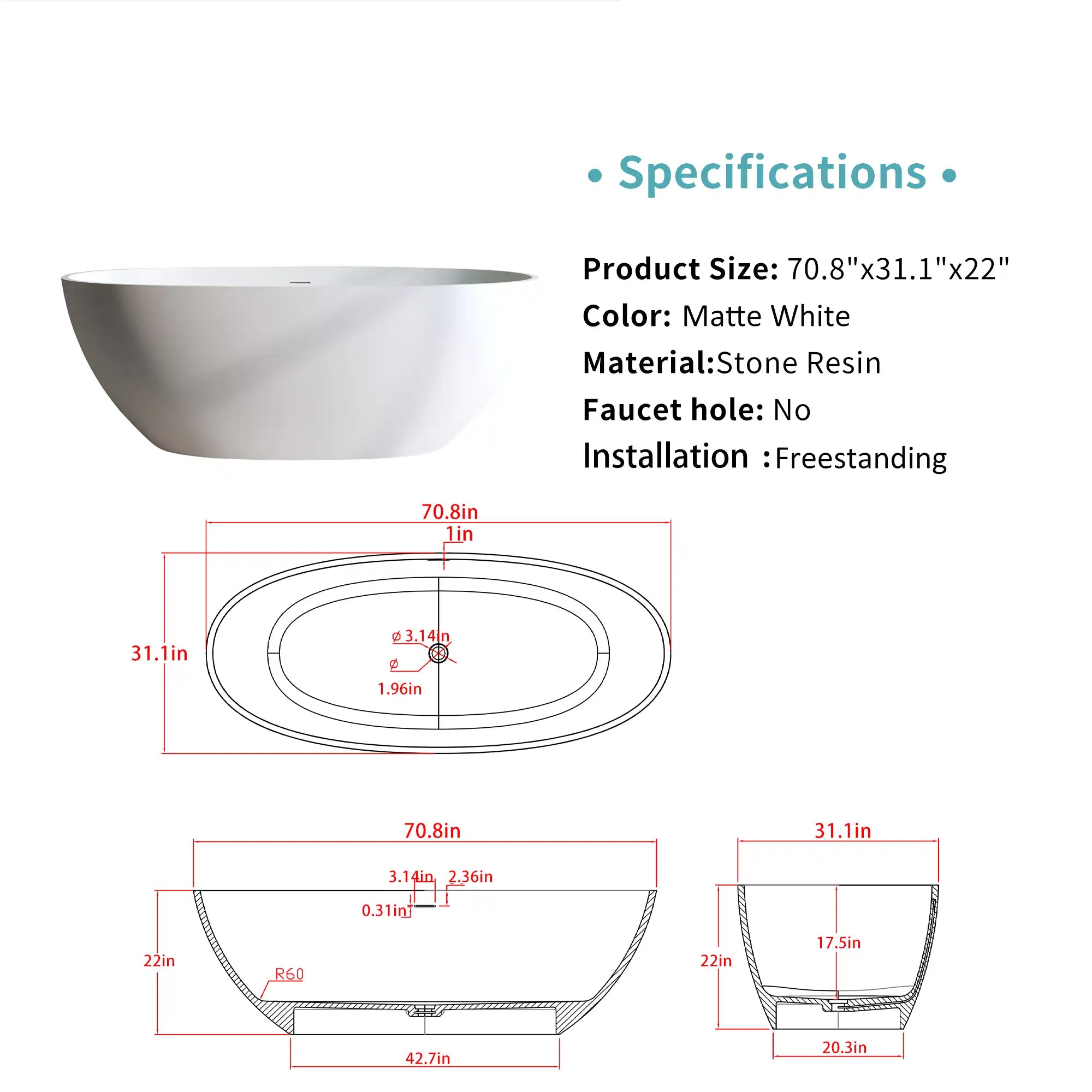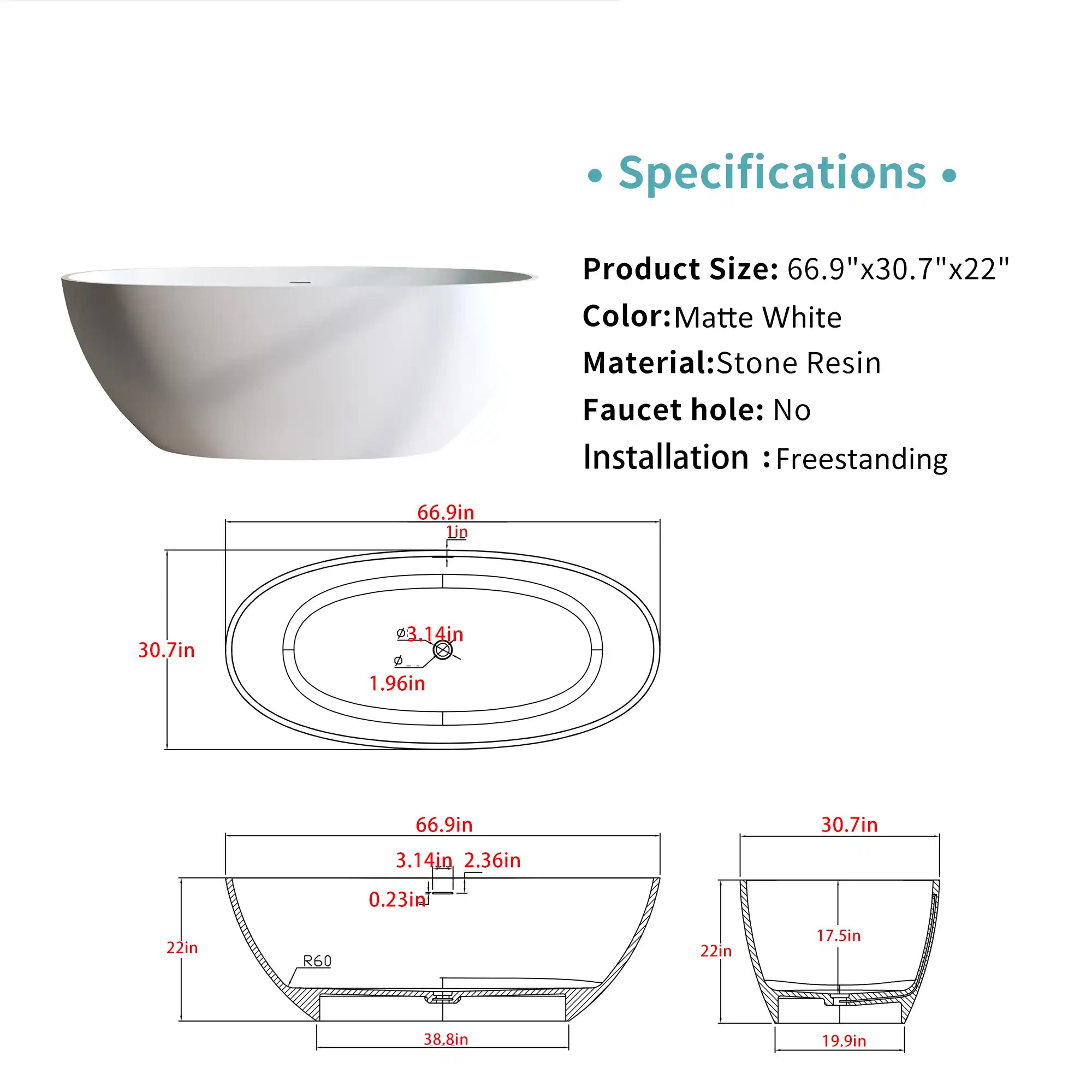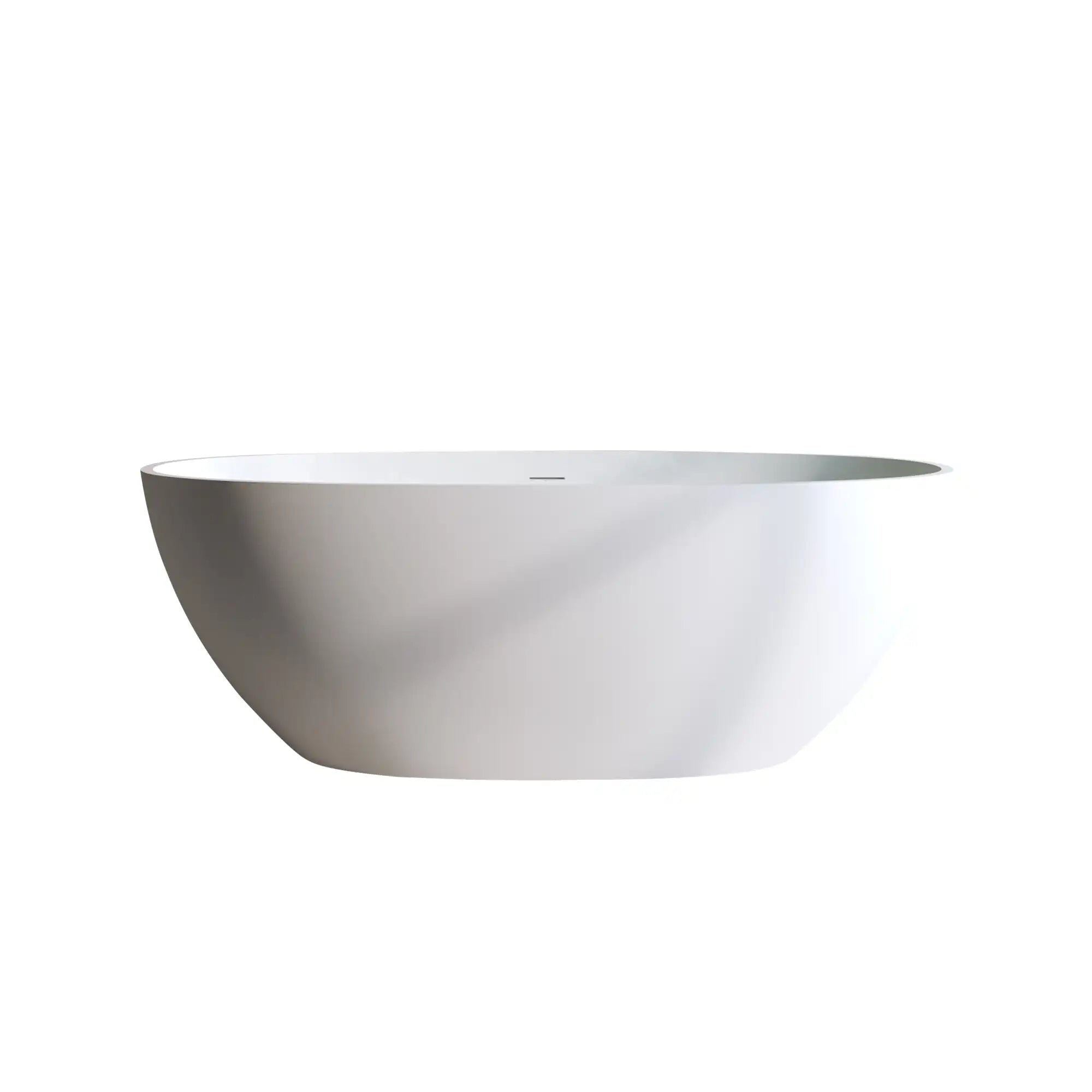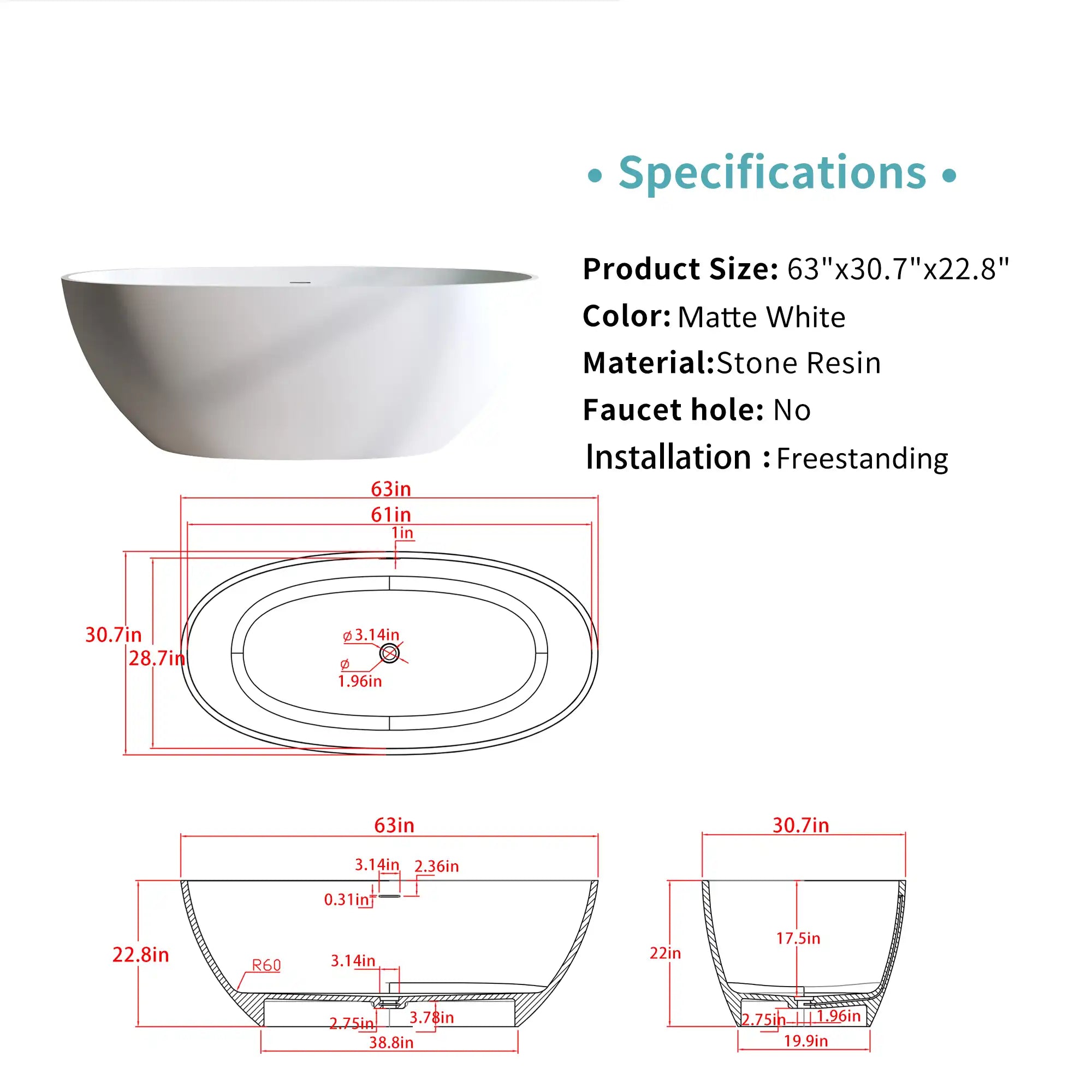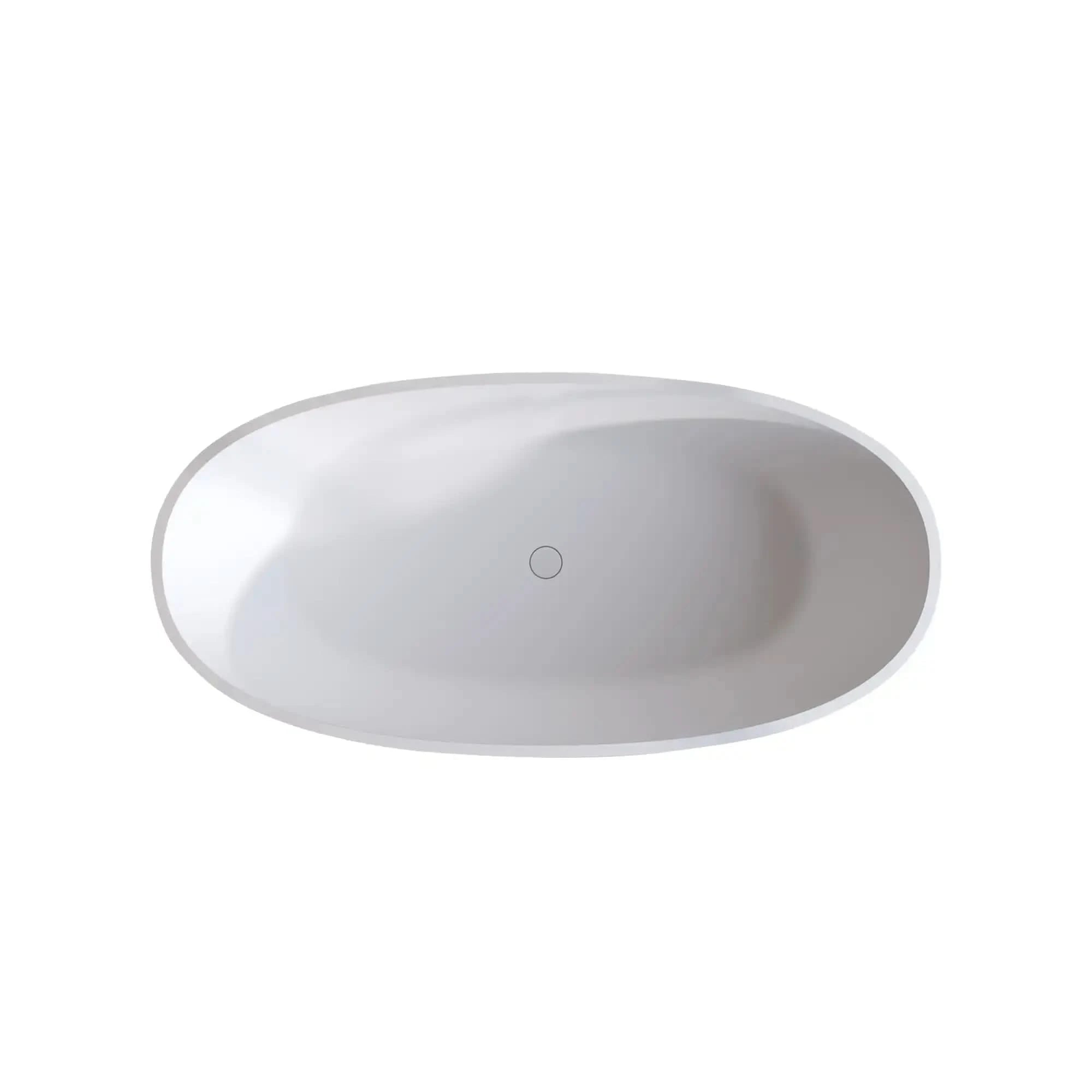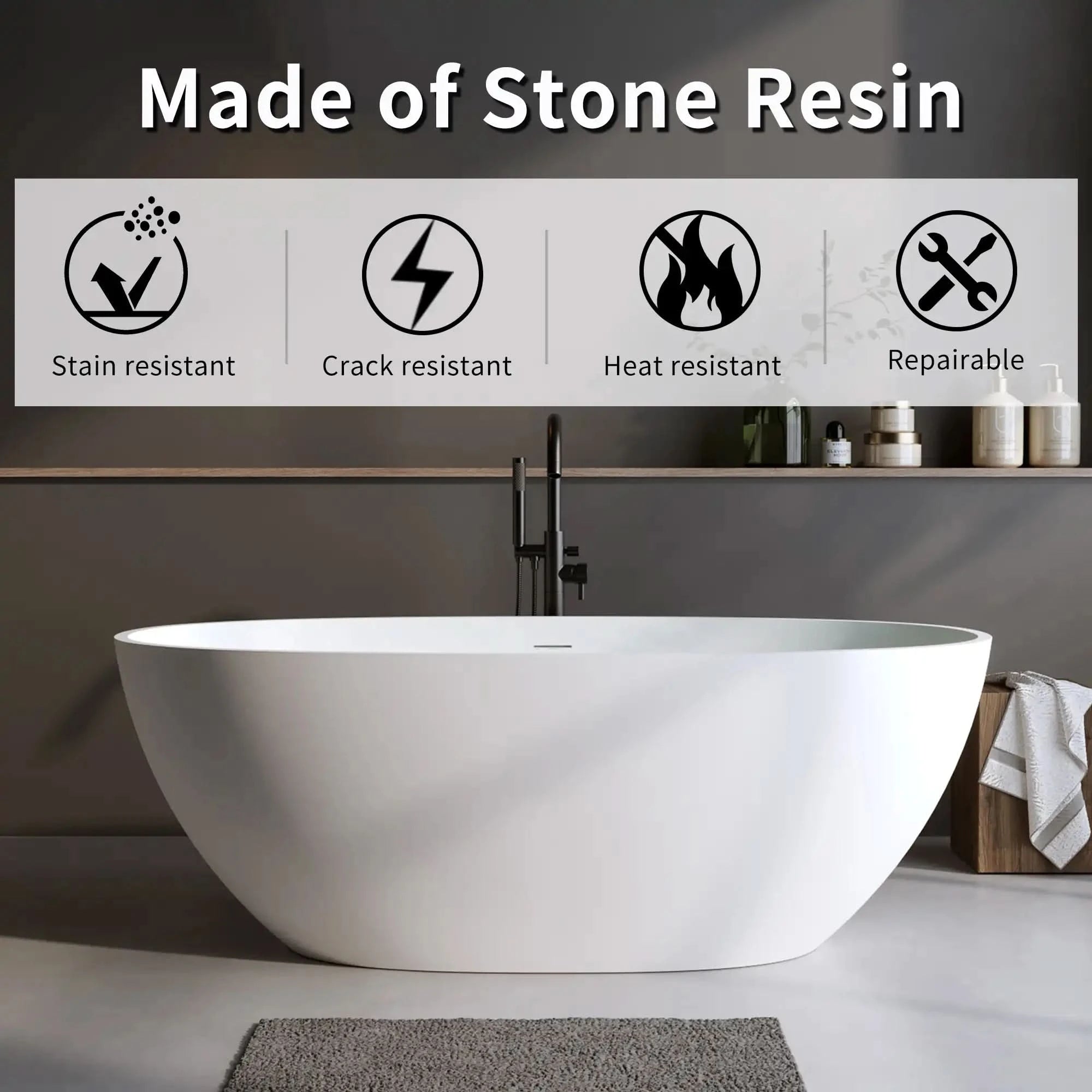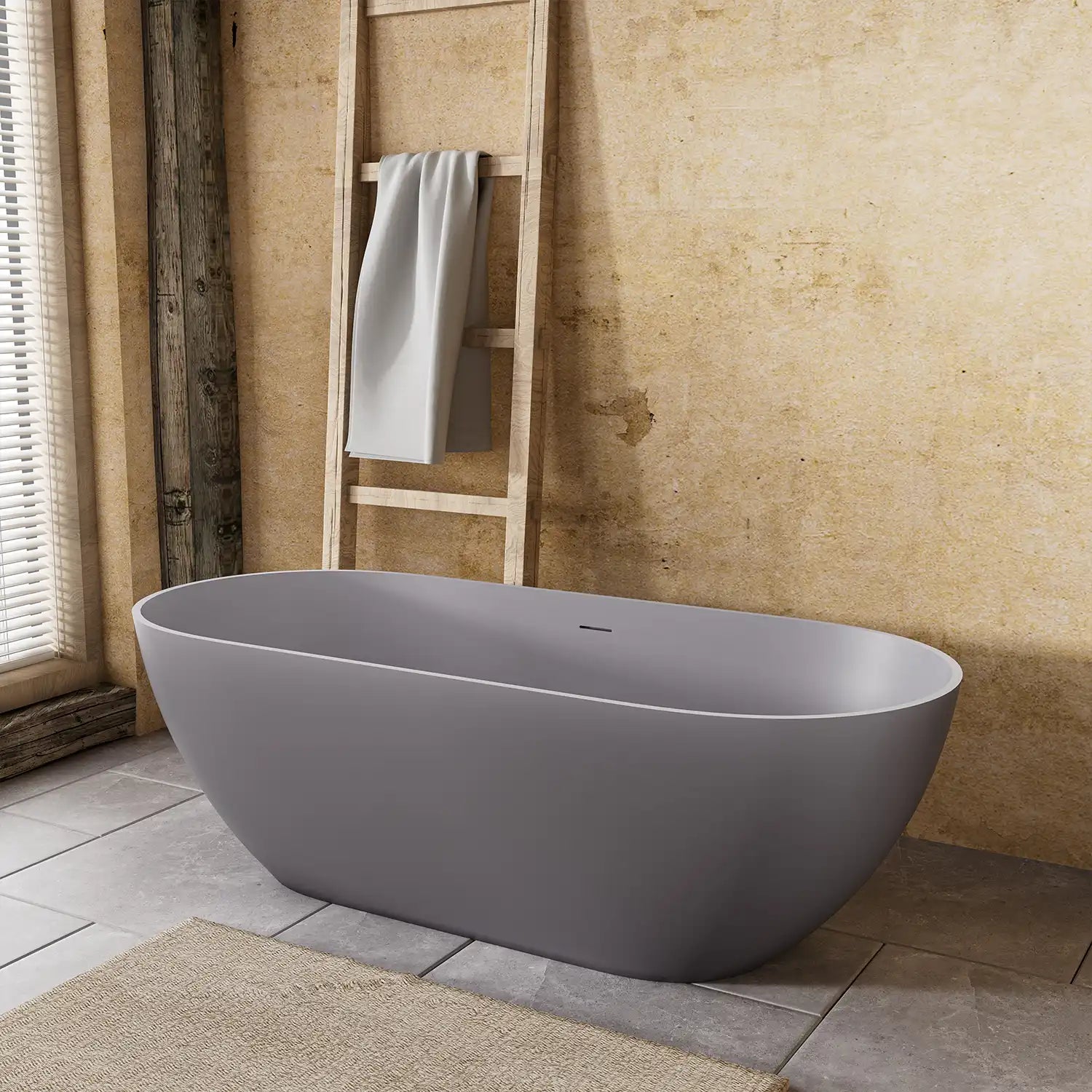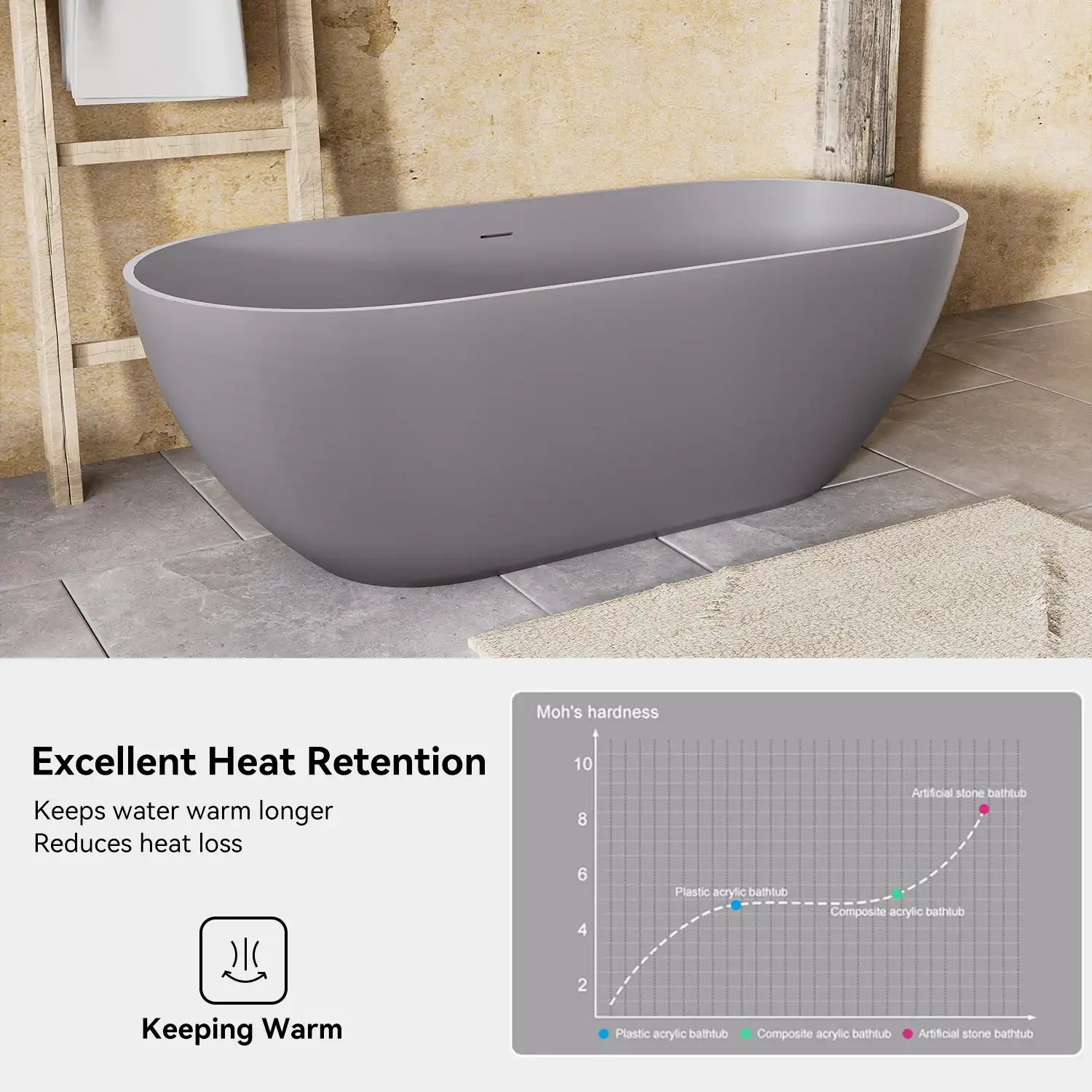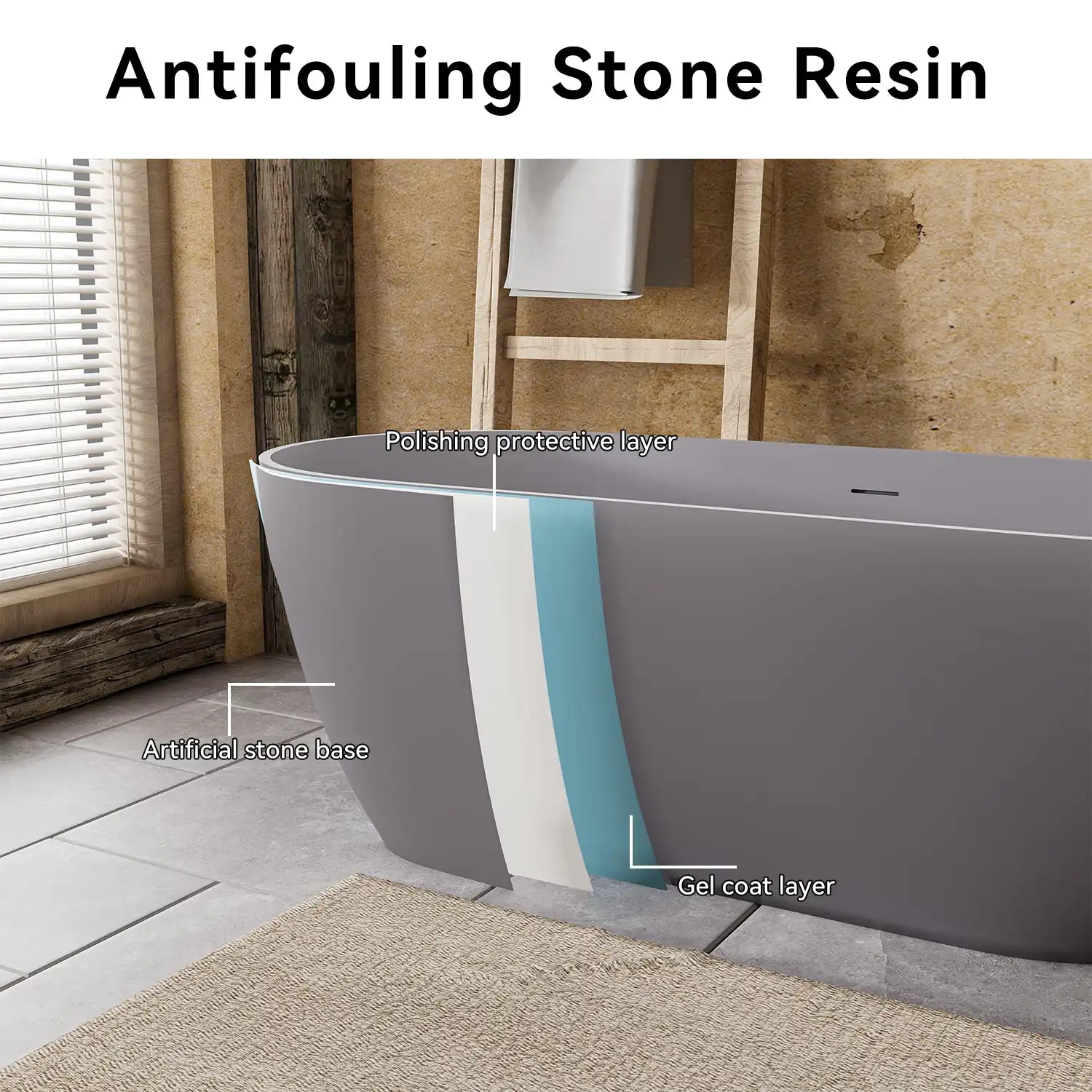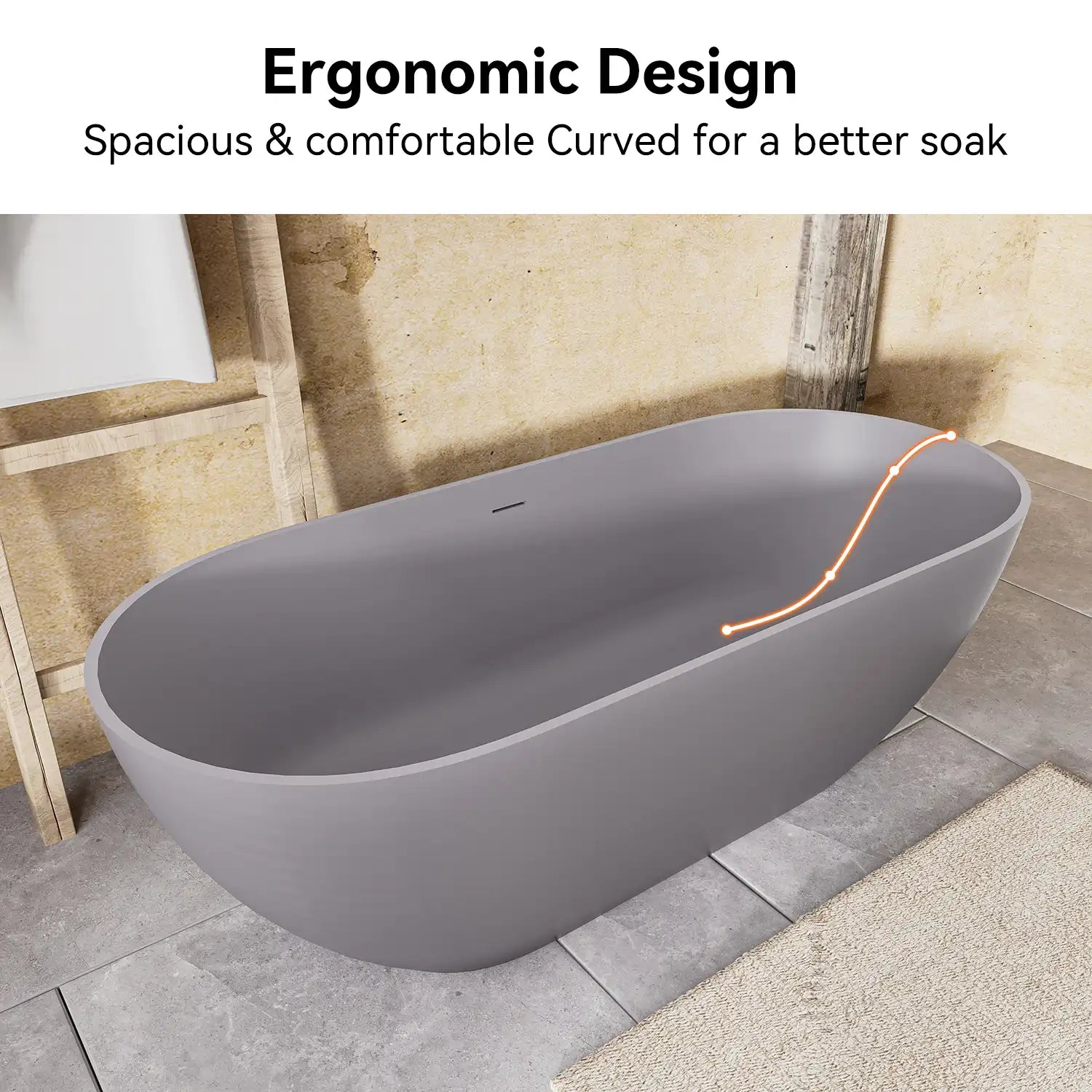Choosing the right bathtub can significantly affect both the aesthetics and functionality of your bathroom. Among the various options available, the alcove tub remains a popular and practical choice for homeowners and designers alike.
We explore what an alcove tub is, its historical roots, standard dimensions and materials, and how it compares to other bathtub styles such as drop-in and freestanding tubs. We’ll also provide expert insights on installation considerations to help you make an informed decision for your bathroom upgrade.
Table of Contents:
- What Is an Alcove Tub? Origins and Evolution
- Common Dimensions and Materials of Alcove Tubs
- Pros and Cons of Alcove Tubs
- Alcove Tub vs. Drop-in Tub
- Alcove Tub vs. Freestanding Tub
- Installing an Alcove Tub: What You Need to Know
- Conclusion
- FAQ: Expert Insights on Alcove Tubs
What Is an Alcove Tub? Origins and Evolution
An alcove tub is a bathtub designed to fit into a recessed space or enclosure bordered by three walls. This configuration has made alcove tubs a mainstay in smaller residential bathrooms due to their space-saving design.
While the conceptual forerunner of alcove tub dates back to ancient Rome, modern alcove tub design as known today emerged in the mid-20th century. Post-war housing developments, especially in North America, favored functional, integrated bathroom layouts, and the alcove tub fit this trend perfectly. Over time, it evolved from a strictly utilitarian fixture to a product that balances performance with style, often integrated with showerheads for dual functionality.
Today, this kind of tub remains popular with modern homeowners who want efficiency and affordability, balanced with a clean look, and comfort in the bath.

Common Dimensions and Materials of Alcove Tubs
Alcove tubs are available in a variety of sizes, but the most common dimensions are:
-
Standard size: 60 inches (length) x 30 inches (width) x 14–16 inches (depth)
-
Compact models: 54 inches in length, suitable for tight spaces
-
Extra-deep versions: Up to 20 inches or more in depth for soaking comfort
These dimensions fit residential construction codes and allow for full integration with built-in wall surrounds or tiles.
In terms of materials, alcove tubs are typically made from:
-
Acrylic: Lightweight, affordable, and warm to the touch
-
Fiberglass: Even lighter and budget-friendly, though less durable over time
-
Porcelain-coated steel: Offers a classic look and feel but may be heavier and prone to chipping
-
Cast iron: Highly durable and retains heat well, but requires reinforced floor support due to its weight
The material you pick influences not only the cost, but also the longevity, maintenance requirement, and feel of the tub.

Pros and Cons of Alcove Tubs
Before comparing alcove tubs with other types, it’s essential to understand their intrinsic strengths and limitations. Like any bathroom fixture, the alcove tub comes with a unique set of advantages and drawbacks.
Pros:
-
Space efficiency: Alcove tubs are ideal for small to medium-sized bathrooms. Their three-wall installation allows for maximum floor space utilization.
-
Multi-functionality: Often paired with a wall-mounted showerhead, they serve dual purposes for both bathing and showering — making them perfect for families.
-
Cost-effective: Alcove tubs are also generally more affordable than freestanding or custom-built options when it comes to unit cost and installation.
-
Safety and accessibility: With a lower threshold, they are easier to enter and exit, which is particularly beneficial for children and elderly users.
-
Streamlined appearance: They offer a built-in look that nests right into tiled walls or surrounds, providing a sleek, minimalist design.
Cons:
-
Limited design flexibility: Alcove tubs require a three-wall enclosure, restricting layout options.
-
Basic visual appeal: They typically don’t serve as visual focal points in luxury bathrooms.
-
Less deep soaking: Unless upgraded options are chosen, standard models may not offer the same deep soak that freestanding tubs.
Overall, the alcove tub is a well-rounded, practical choice for functional bathrooms, especially if space and budget are going to be your biggest priorities.

Alcove Tub vs. Drop-in Tub
While both alcove and drop-in tubs can be installed in enclosed areas, their structure and installation methods differ significantly. Here's a breakdown of key differences:
| Feature | Alcove Tub | Drop-in Tub |
|---|---|---|
| Design & Placement | Installed between three walls, includes a finished front apron | Requires a framed platform or deck, more flexible placement |
| Installation | Simpler and faster installation; fewer customizations needed | Requires carpentry for deck build; more time and cost involved |
| Best for | Space-saving, dual-use shower-bath combo | Custom layouts, spa-style bathrooms |
| Cost | More budget-friendly | Typically more expensive |
Alcove Tub vs. Freestanding Tub
Freestanding tubs offer bold aesthetics, while alcove tubs focus on space and practicality. Here's how they compare:
| Feature | Alcove Tub | Freestanding Tub |
|---|---|---|
| Placement | Requires three surrounding walls | Can be placed anywhere with plumbing access |
| Visual Appeal | Simple, built-in look | High-end, decorative centerpiece |
| Space Requirements | Ideal for compact bathrooms | Needs ample surrounding space |
| Cost | Generally more affordable | More expensive unit and installation |
| Maintenance | Easy to clean, wall-protected | Harder to clean behind and underneath |
Installing an Alcove Tub: What You Need to Know
Installing an alcove tub involves several precise steps that ensure functionality, safety, and longevity. Here's what homeowners and contractors should keep in mind:
-
Framing the Alcove: Ensure the rough opening is sized correctly to fit the tub. Most manufacturers specify the required wall-to-wall dimensions.
-
Subfloor Support: Verify that the floor can handle the tub’s weight, especially for cast iron models. Leveling the subfloor is critical to prevent uneven settling.
-
Plumbing Setup: The drain and overflow assemblies must align with the tub’s configuration (left-hand or right-hand drain).
-
Wall Waterproofing: Use cement board and waterproof membranes behind wall tiles or panels to prevent moisture damage.
-
Final Sealing: Proper caulking and sealing around the tub perimeter help avoid leaks and mildew growth.
Acrylic and fiberglass alcove tubs are also the simplest to install, making them a great pick for DIYers. However, for heavier materials or complex models, calling in an expert is advised to ensure that building regulations are followed and the warranty is protected.

Conclusion
Alcove tubs, with their space-saving design and integrated functionality, offer an excellent solution for compact or multi-use bathrooms. Other bathtub styles like drop-in and freestanding tubs bring different advantages — such as design flexibility, visual impact, or deeper soaking comfort that may better suit larger bathrooms or luxury renovations.
Ultimately, the best choice depends on your priorities: available space, intended use, budget, and design vision. Whether you're remodeling a guest bathroom or building a new master suite, understanding how each bathtub type performs in context will ensure that your investment aligns with both your lifestyle and long-term needs.
FAQ: Expert Insights on Alcove Tubs
Q1: Can I replace my old tub with an alcove tub without major renovations?
A: If your bathroom already has a three-wall enclosure and standard plumbing layout, replacing with another alcove tub is often straightforward.
Q2: Is an alcove tub suitable for soaking?
A: While standard models are shallower, many manufacturers offer deep soaking alcove tubs up to 20 inches deep, perfect for relaxation without requiring extra floor space.
Q3: How durable are acrylic alcove tubs compared to cast iron ones?
A: Acrylic tubs are lightweight and resist cracking but may scratch more easily. Cast iron tubs are extremely durable and retain heat well but require stronger floor support due to their weight.
Q4: Can an alcove tub be used without a shower?
A: Absolutely. While often paired with showerheads, alcove tubs can be used as stand-alone bathtubs, especially in smaller guest bathrooms or secondary bathrooms.
Q5: How does an alcove tub affect property resale value?
A:
Space-Smart Alcove Bathtub Ideas for Cozy Bathrooms
Are Vintage Alcove Bathtubs Worth the Investment? Pros, Cons & Alternatives
Deep Alcove vs. Freestanding Tubs: Which One Suits Your Bathroom Best?


